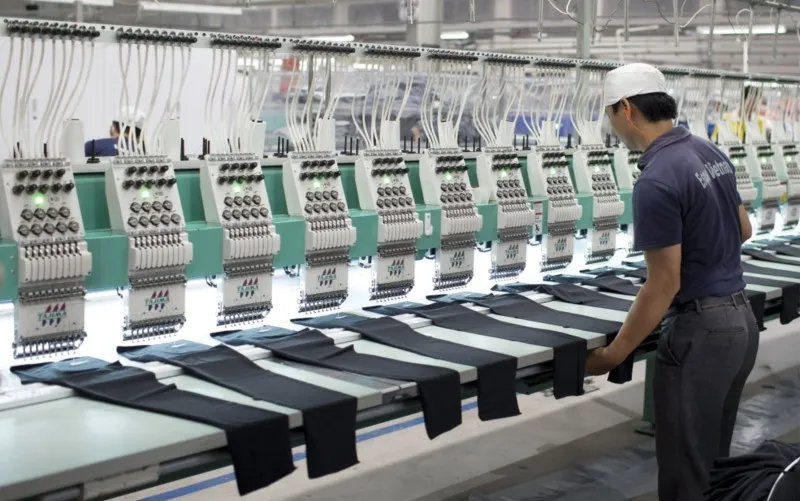Vietnam’s textile and garment industry has experienced remarkable growth and has become a crucial player in the country’s economic development. This progress has positioned Vietnam as the fourth-largest exporter of garments in the global market, following China and the EU. The industry’s expansion is evident as it continues to contribute significantly to Vietnam’s economic growth.
According to the Vietnam Textile and Apparel Association (VITAS), the total export value of Vietnam’s textiles and garments in the first nine months of 2021 reached approximately US$29 billion, reflecting a 13.2 percent increase compared to the same period in 2020. Furthermore, it is projected to reach an estimated US$39 billion by the end of 2021. Looking ahead, the industry is expected to achieve an export value of around US$44 billion in 2022, demonstrating a growth rate of 12.8 percent compared to the previous year.
Vietnam has emerged as a significant supplier of footwear and apparel to the United States, second only to China. The country has also established itself as a key manufacturing hub in Asia, producing goods for leading Western brands in the technology, garments, and sportswear sectors. Renowned companies like Nike and Adidas have heavily invested in Vietnam, with Nike operating 200 manufacturing plants and Adidas operating 76 factories in the country. Vietnam has become the second-largest location for Adidas factories globally, indicating its prominence in the industry. Notably, both Nike and Adidas manufacture more of their core products in Vietnam than in China.
The textile and garment sector faced challenges due to the impact of the COVID-19 pandemic. In response, the government has prioritized the recovery of the industry. The Ministry of Industry and Trade (MoIT) has outlined plans to address bottlenecks and provide support to factories to resume operations and seize opportunities in the European and US markets.
Furthermore, the MoIT recognizes the need to explore alternative transportation options, such as rail networks and maritime transportation, to alleviate trade bottlenecks at the China-Vietnam border caused by China’s preventive measures. This approach involves redirecting trade routes to other provinces to alleviate congestion. The MoIT aims to facilitate the implementation of a comprehensive development strategy for the garment, textile, and footwear industries until 2030, with a vision extending to 2035. Additionally, the ministry seeks to establish a program for the sectors’ sustainable development until 2030.
Compared to its competitors, Vietnam’s textile and garment industry possesses several advantages in terms of product quality, advanced techniques, the ability to meet stringent labor requirements, and tariff preferences resulting from various Free Trade Agreements (FTAs). These advantages contribute to its competitiveness in the global market. While the recovery of the sector may take some time, it is expected to be steady, presenting numerous opportunities for foreign investors in the medium term.

Head of Market Intelligence, PeopleWise Vietnam.
As a Ph.D. Student, Research in Economics, Tuyen Le provides market insights, industry trends, and research on labor and workforce effectiveness. Through her research and analysis, she helps business leaders identify potential risks and threats to their businesses and industries, allowing them to take preemptive measures and invest with calculated risks and outcomes.

